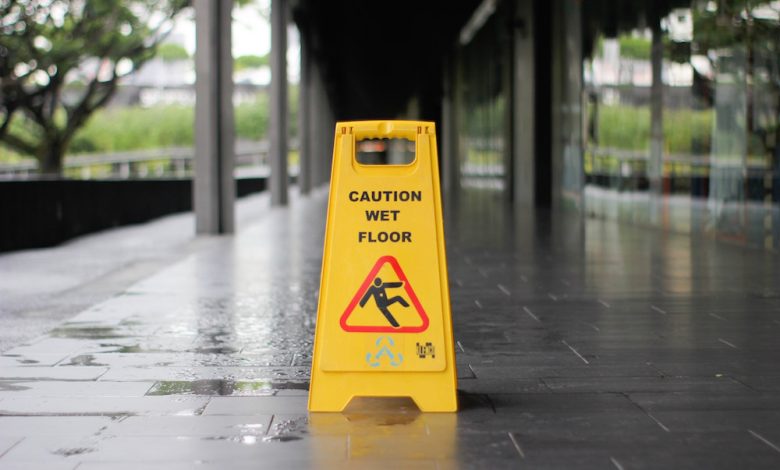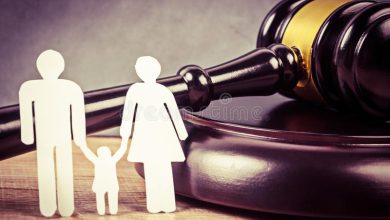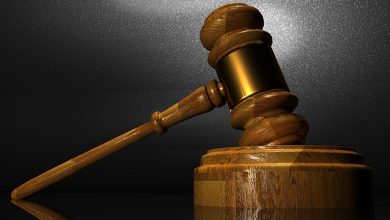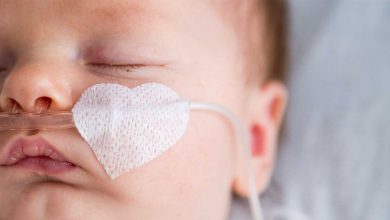How to Prove Fault in Slip and Fall Accident?

It can be difficult to determine who is to blame – or who bears liability – for slip and fall accident. Even level terrain that has become dangerously uneven can result in serious injury. However, proving that the property owner is to blame for a slip and fall disaster can be challenging at times.
Could the accident have been avoided if the property owner had intervened?
It may be tempting to seek justice in the form of a lawsuit as quickly as possible if you or a loved one has been hurt in a slip and fall disaster. But personal injury lawyer St Petersburg FL says that first, pause and consider the following: Could the accident have been avoided if the property owner had been more cautious?
Even if a leaking roof causes a slick condition on which you slip and fall, the property owner may not be liable for your injuries if the floor had a drainage grate meant to prevent slick circumstances. Every individual is responsible for being aware of their surroundings and attempting to avoid risky situations.
The Duty of the Property Owner to Maintain Reasonably Safe Conditions
Despite the fact that there is no hard and fast rule, property owners must take reasonable steps to ensure that their land is free of dangerous situations that could cause someone to slip and fall.
Accidents involving a slip and fall are subject to liability.
Because another, “reasonable” individual in his or her position would have known about the unsafe state and remedied it, either the property owner or his employee should have known about it.
The property owner or his employee was aware of the hazardous condition but did nothing to correct it.
However, because of the phrase “should have known,” the first case is also the most difficult to show. Following your presentation of evidence and arguments, the judge or jury will decide whether the property owner should have been aware of the slick step that caused you to fall.
If you have a viable negligence claim for a slip and fall accident, you’ll want to figure out what types of damages you’ll be seeking in your lawsuits, such as medical costs, lost income, and pain and suffering. Take a look at our damage estimate spreadsheet to get an idea of how much your case might be worth.
Reasonableness
Before initiating a case, you and your St Petersburg personal injury attorney should talk about the following questions:
- Before your accident, how long had the condition been present? To put it another way, if the leaking roof over the stairs had been leaking for three months, it was less logical for the owner to allow it to continue than if the leak had only started the night before and the landlord was only waiting for the rain to stop before fixing it.
- What types of cleaning tasks does the property owner perform on a daily basis? What kind of documentation can the property owner present to back up his or her claim that he or she inspects the property daily?
- Was there a reasonable cause for that object to be on the floor or in another location where you stepped on it if your slip and fall accident involved tripping over it?
- If you tripped over something left on the floor that had a genuine reason for being there before your slip and fall accident, did that reason still present at the time of your accident?
Carelessness, clumsiness, and comparative negligence
When it comes to slip and fall accidents, most jurisdictions apply the comparative negligence rule, which provides a defense to negligence allegations.
- Did you have a valid purpose to be on the property owner’s property at the time of the accident? Should the proprietor have expected you, or someone in a similar scenario, to show up?
- Would a prudent person in the same circumstances have observed and avoided the hazardous condition, or managed the situation in a way that reduced the risk of sliding and falling (for example, hanging onto the handrail while descending icy stairs)?
- Did the property owner install a barrier or provide notice of the hazardous situation that caused your slip and fall?
- Running along the edges of pools, texting while walking, jumping or skipping, attempting to ice skate in your business shoes, and so on are all examples.
Although you won’t have to show the insurance company that you were particularly cautious, you’ll almost certainly have to show enough so that they can determine that you weren’t acting irresponsibly.






